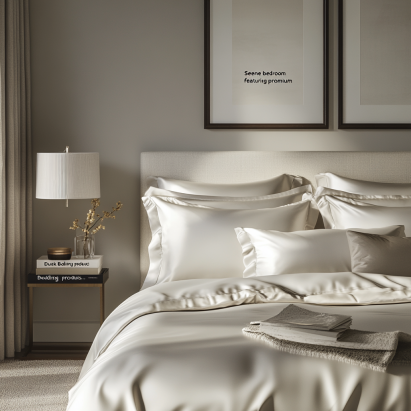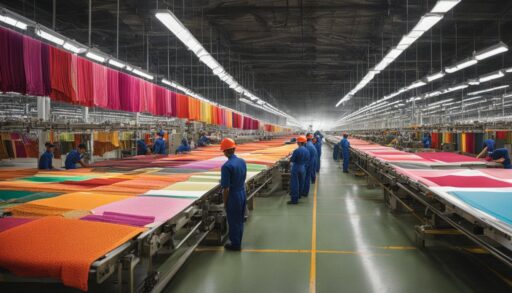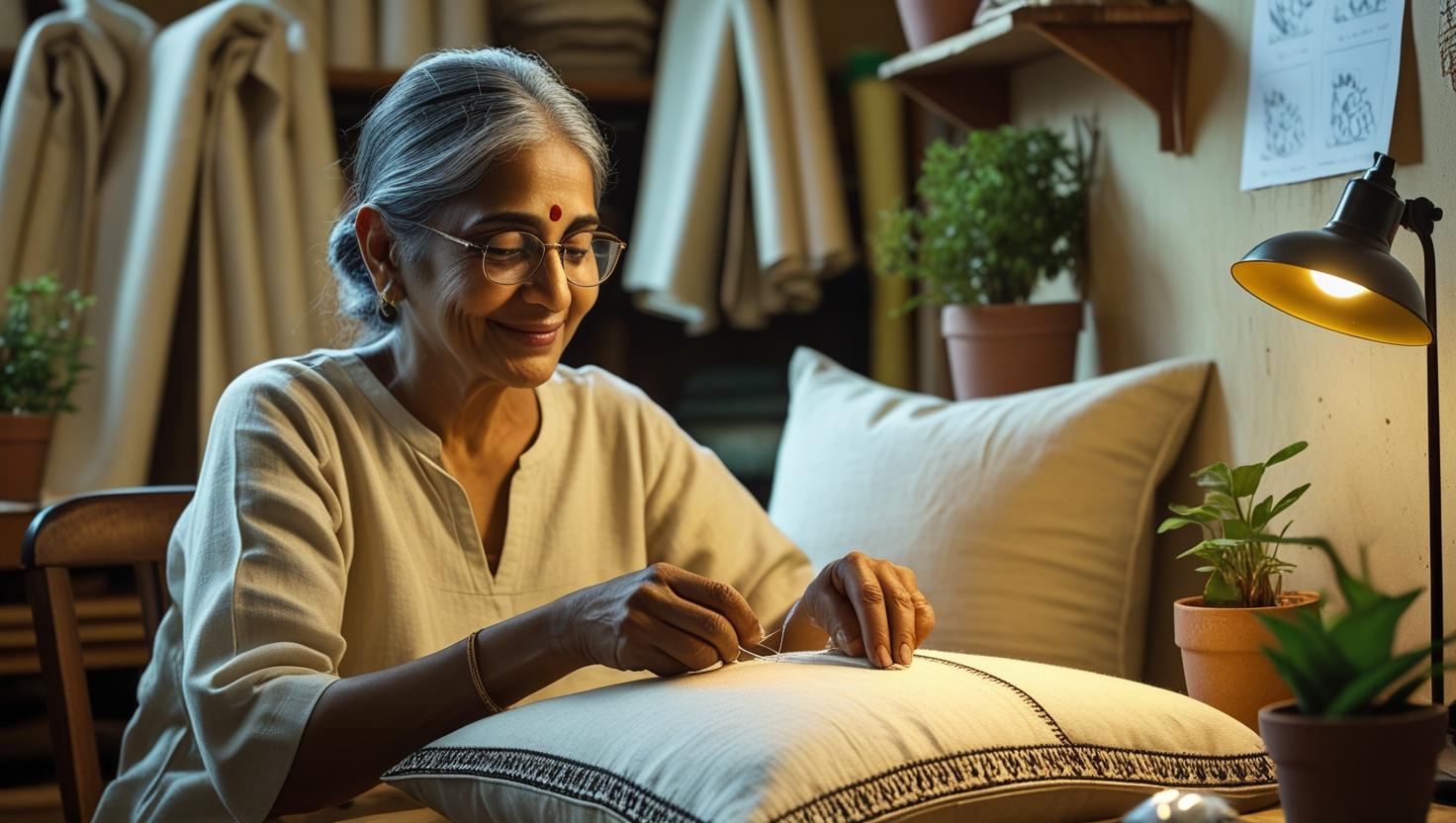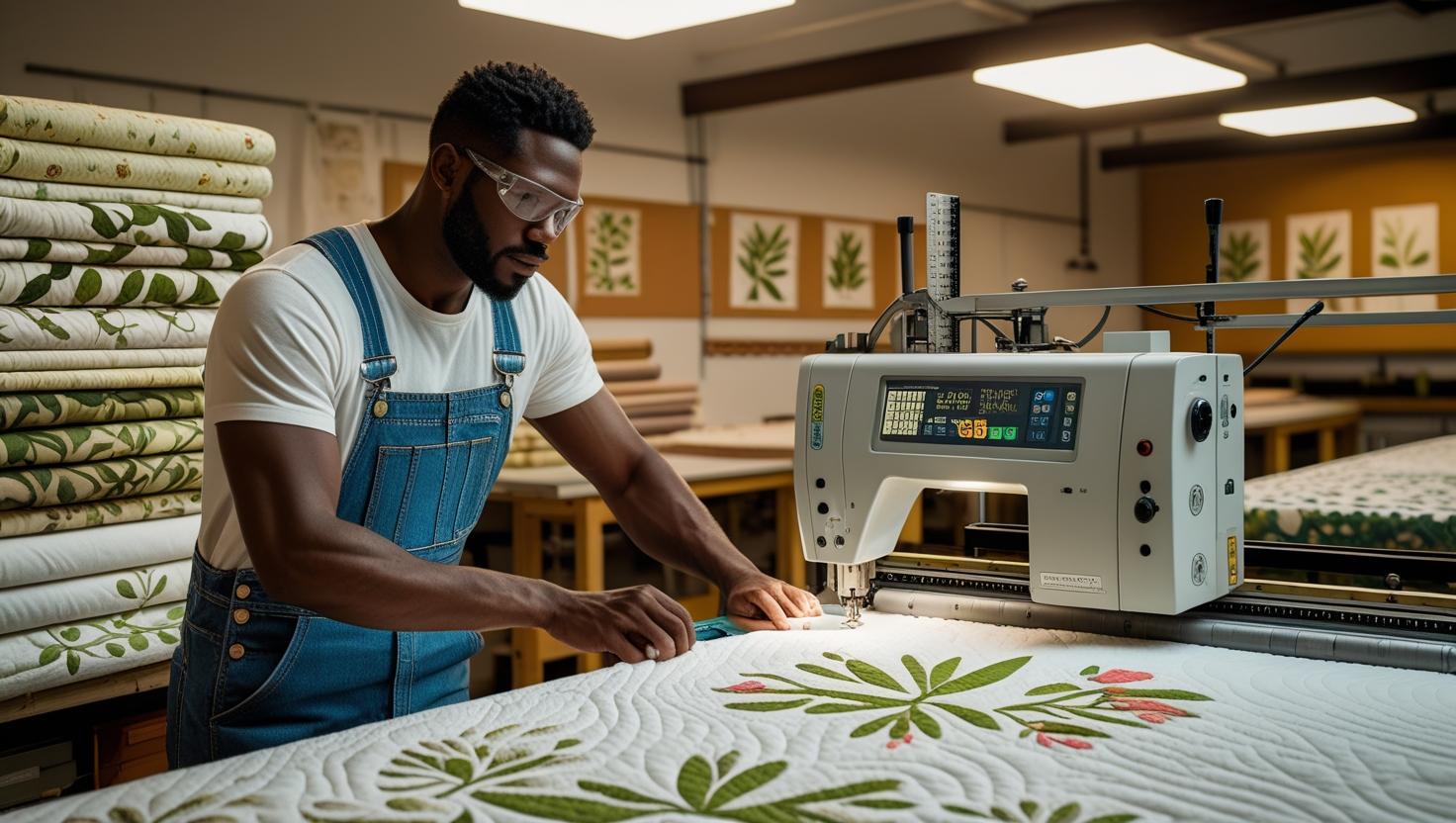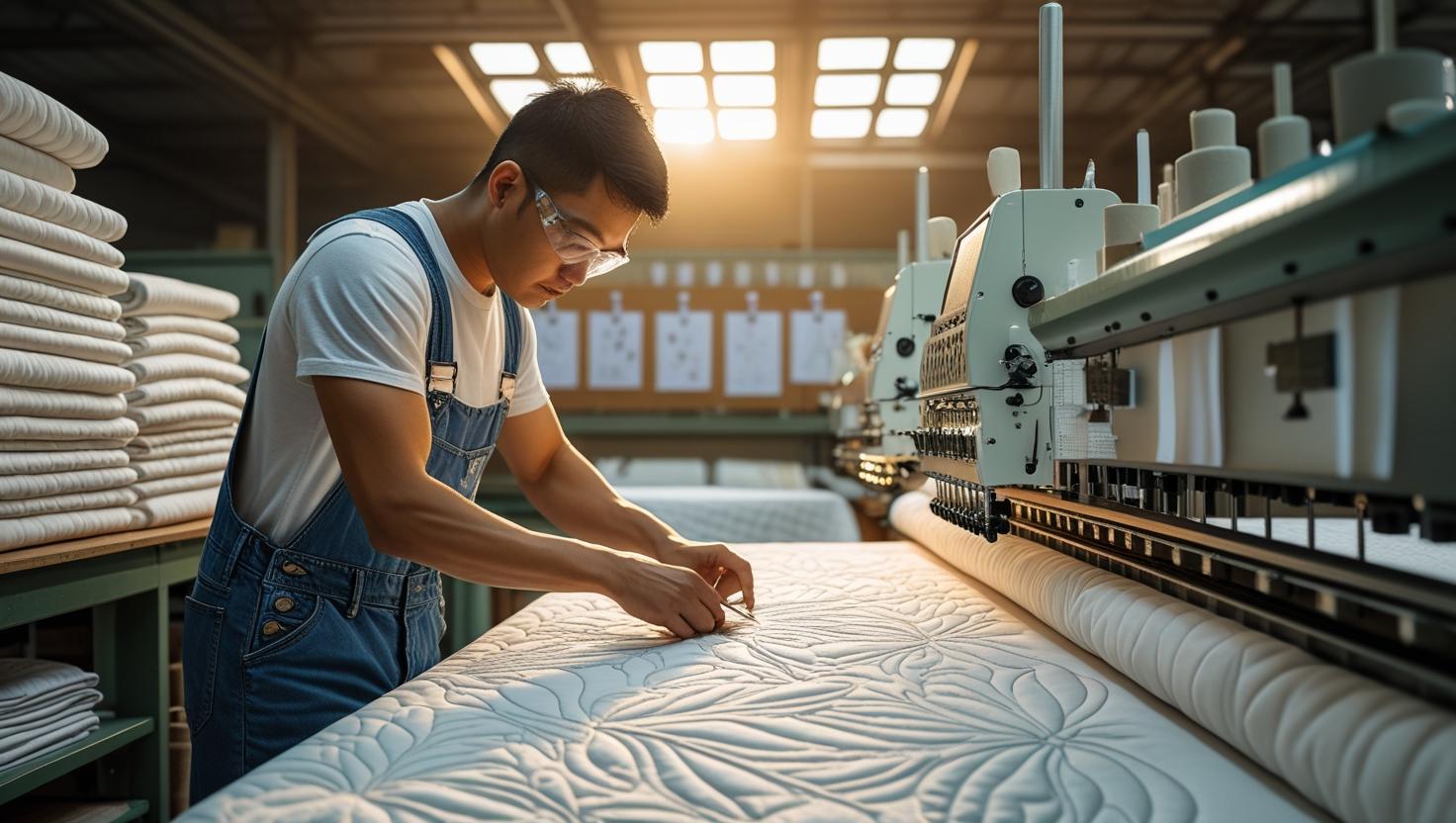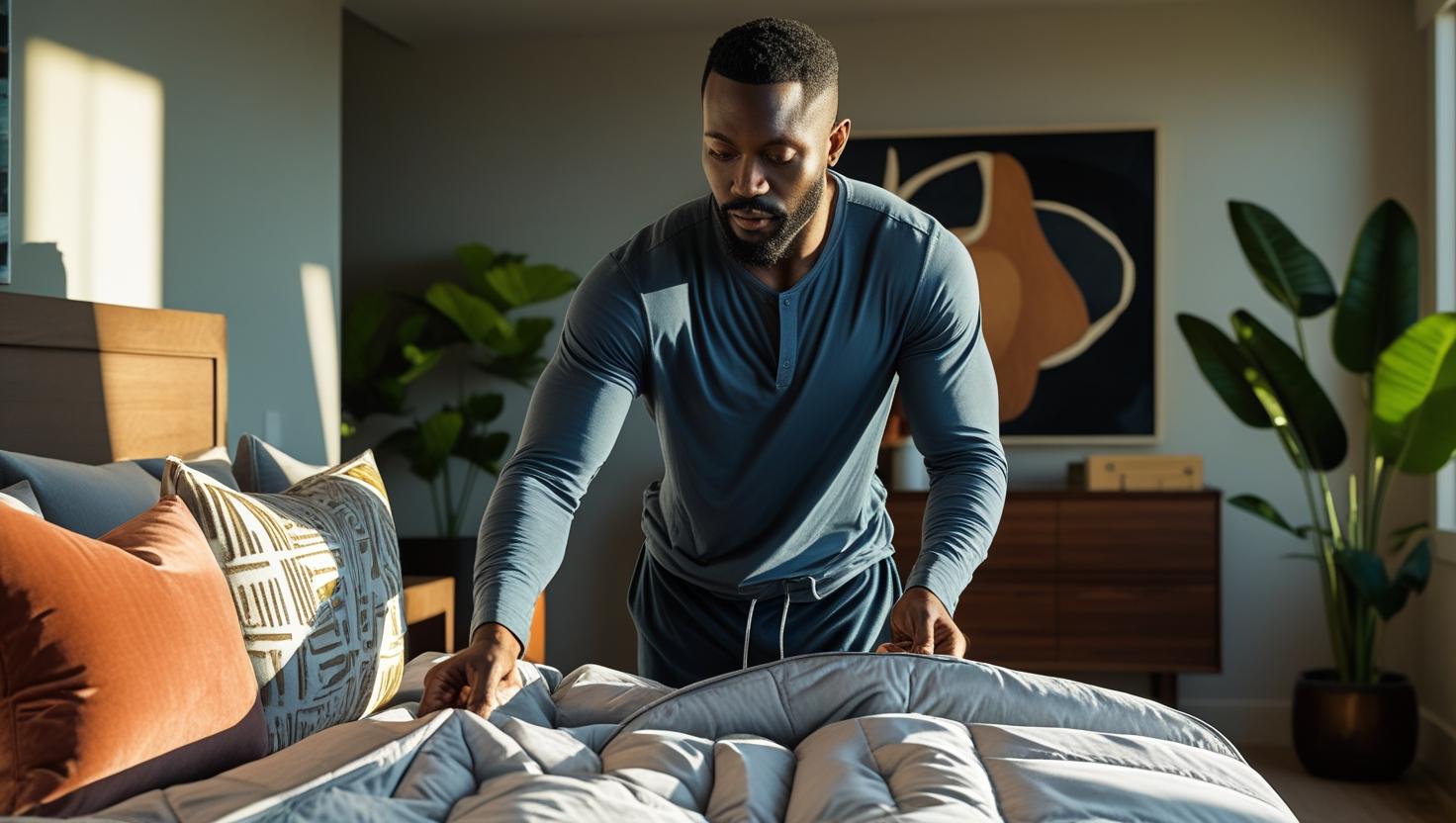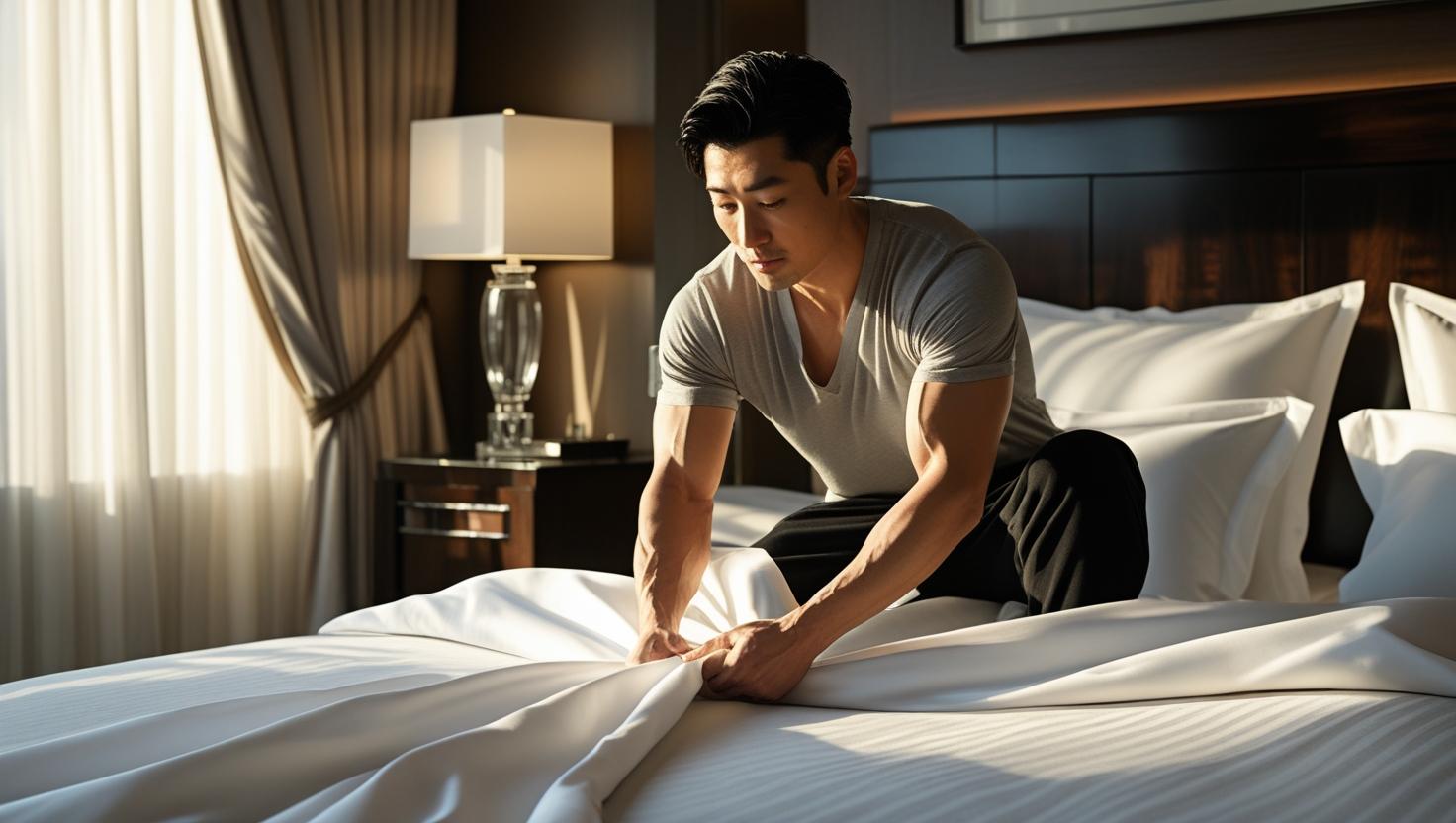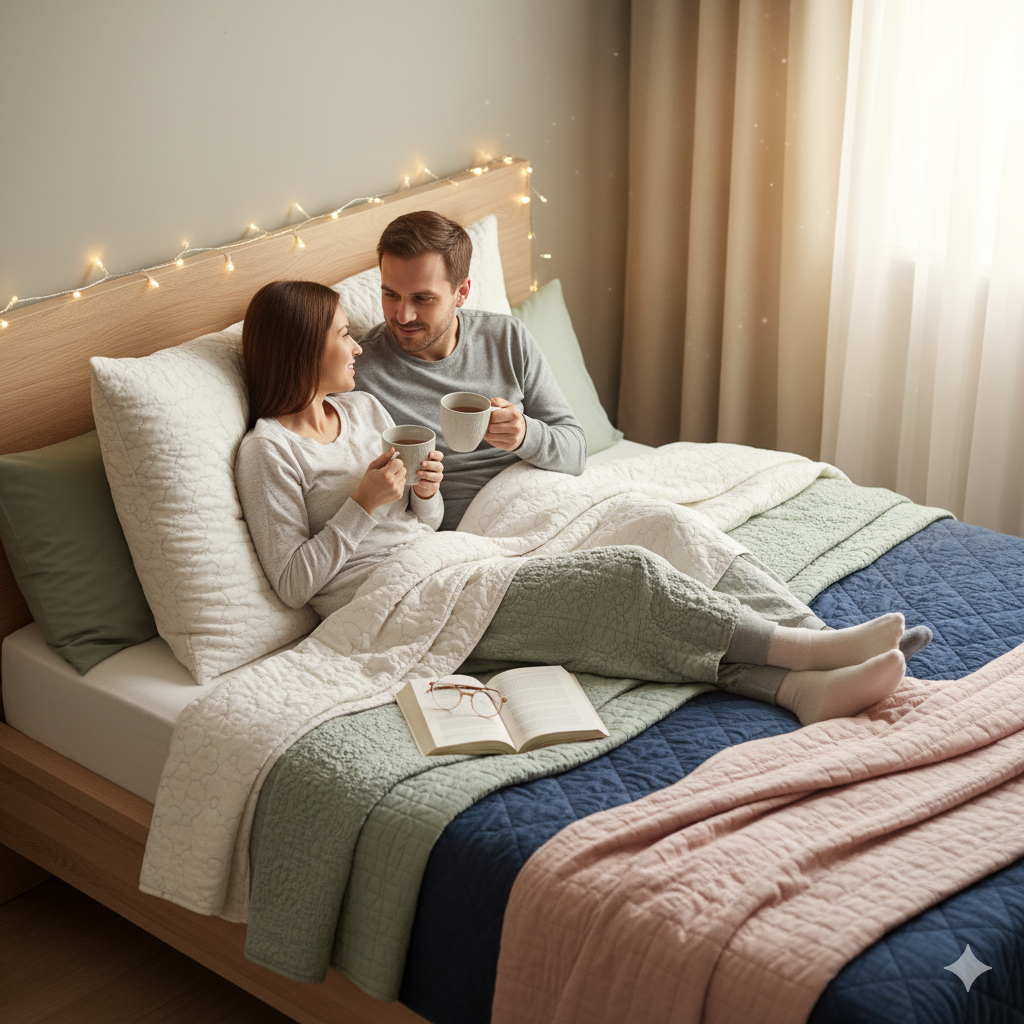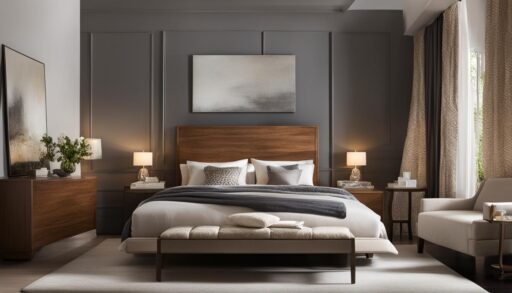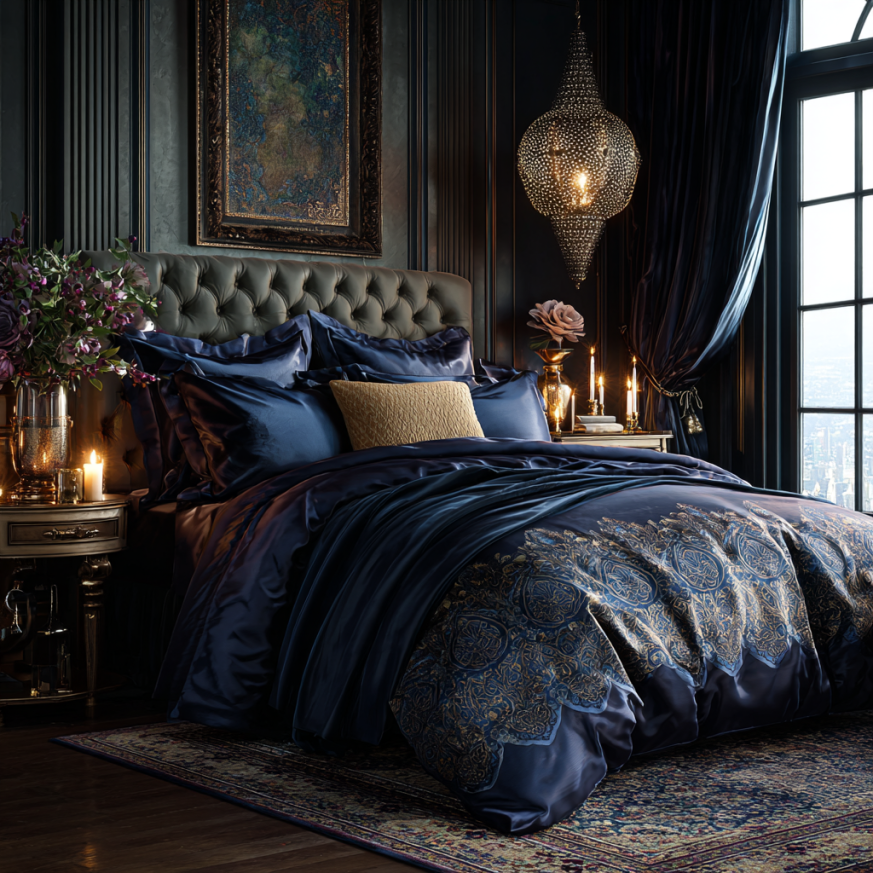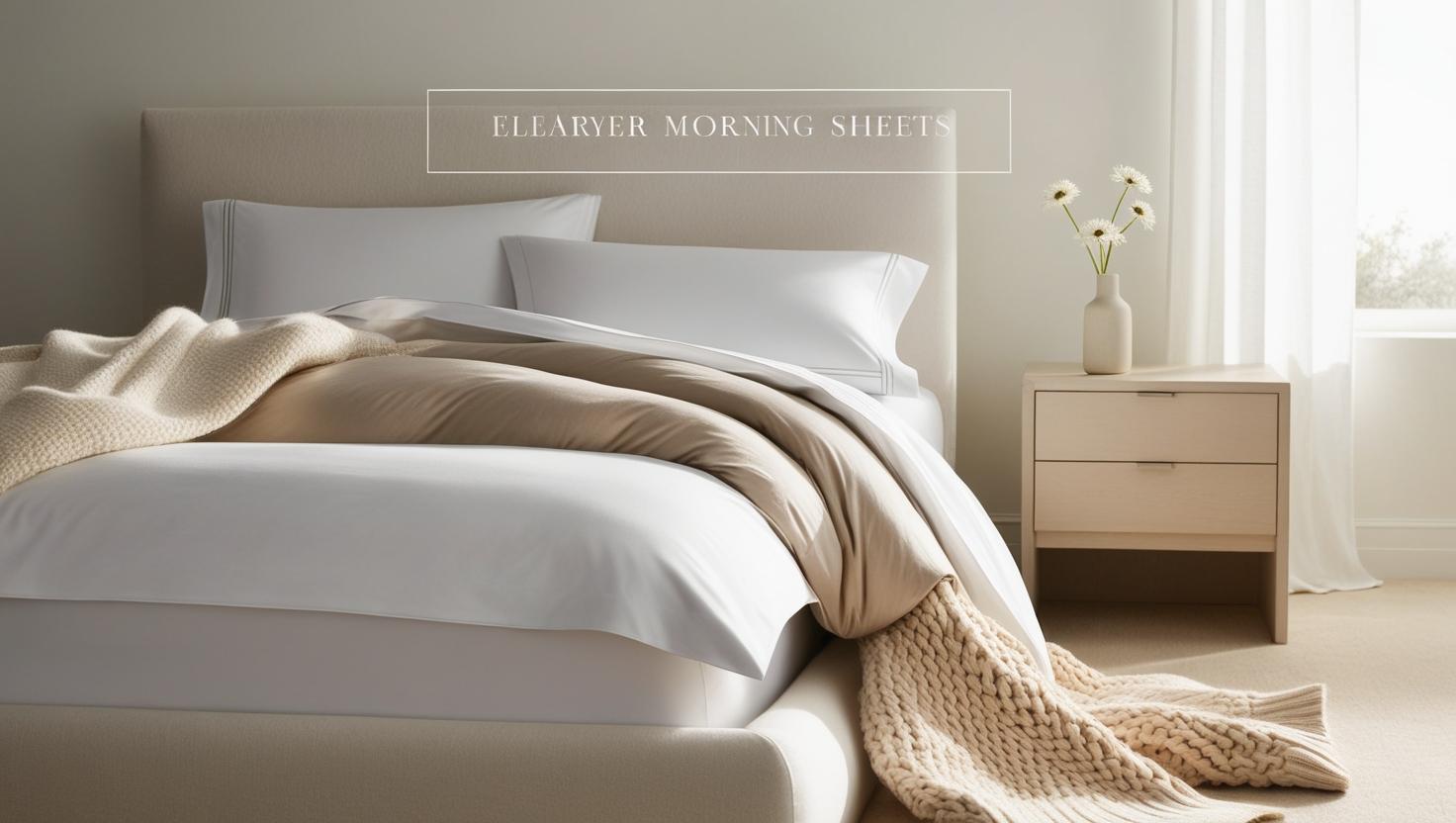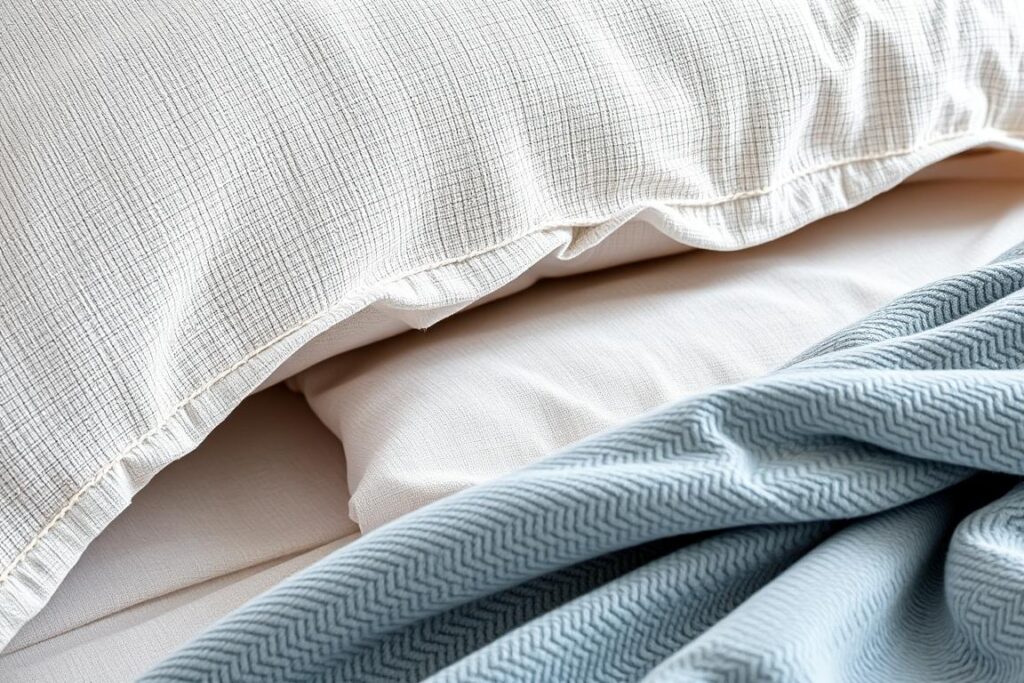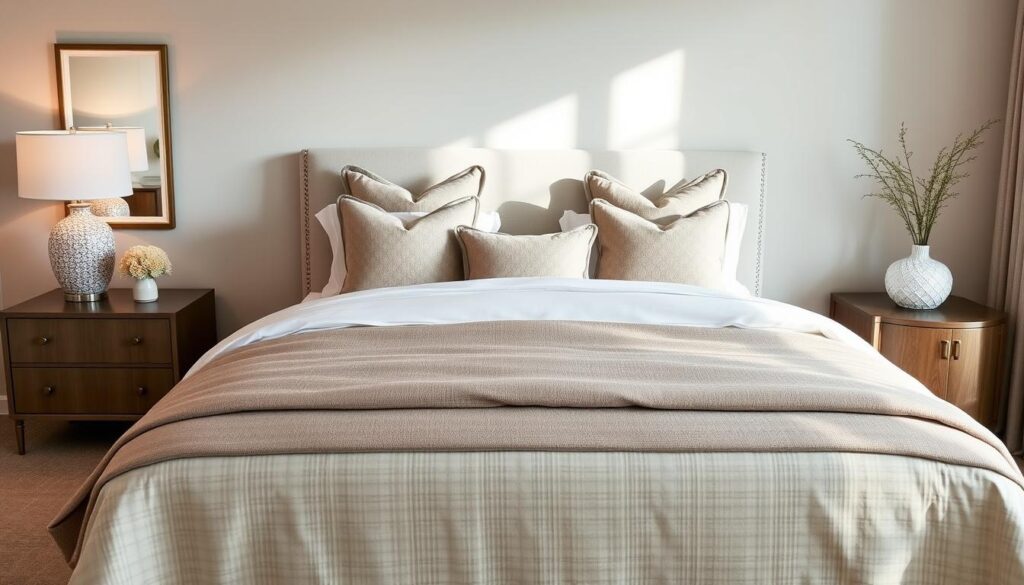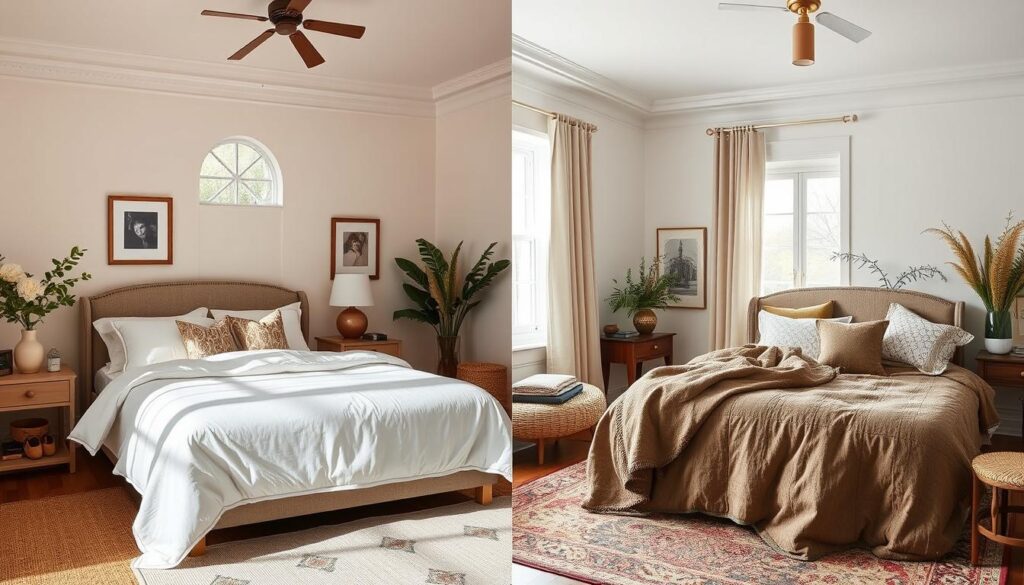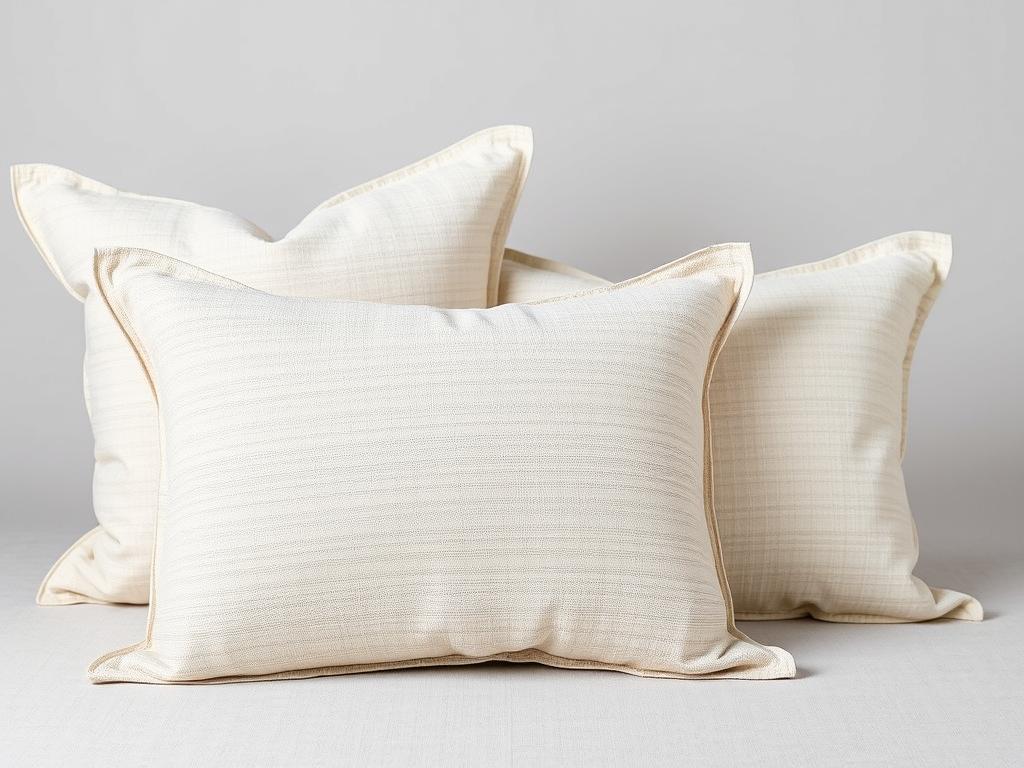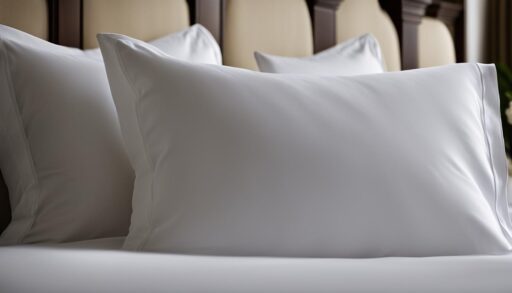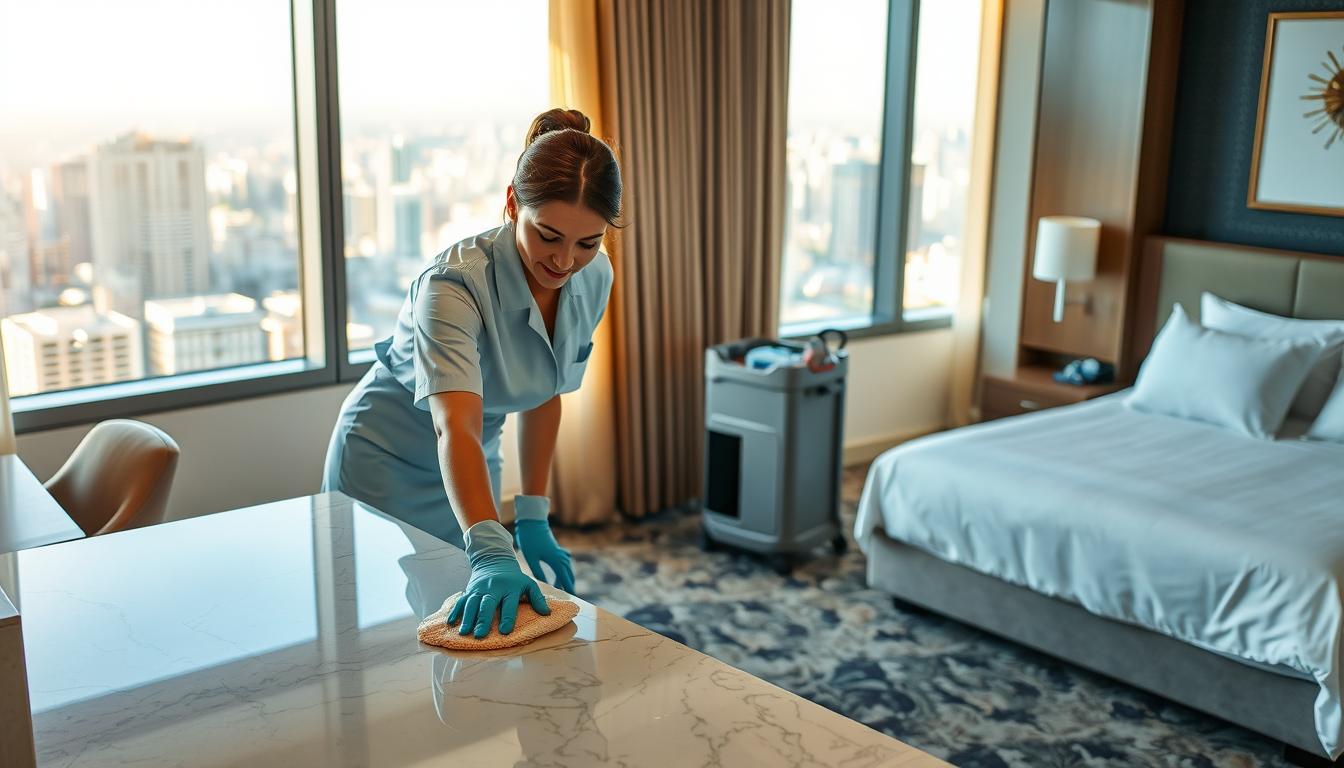Buy Bedding Donate Near — Local Giving Guide
Looking to make a positive impact while decluttering your home? If you search for
buy bedding donate near options, you’ll quickly find local places to purchase needed items and donate gently used sets—reducing waste, supporting your community, and bringing comfort to those in need.
Key Takeaways on Buy Bedding Donate Near
- Use trusted directories and local nonprofits to locate buy bedding donate near options fast.
- Support sustainable living by donating gently used bedding and buying only what’s needed.
- Match seasonal needs (light sheets in summer, warm comforters in winter) for maximum impact.
- Keep textiles out of landfills—donation and responsible recycling cut environmental harm.
- Track donations for potential tax deductions and consider volunteering to extend your impact.
By seeking out buy bedding donate near opportunities, you can play a vital role in community support.
Why Donate Bedding?
Donating your gently used bedding
is a simple, high-impact way to help: it diverts usable items from landfills and gets them to households that need warmth and comfort most. Finding
local options makes a tangible difference for those in need.
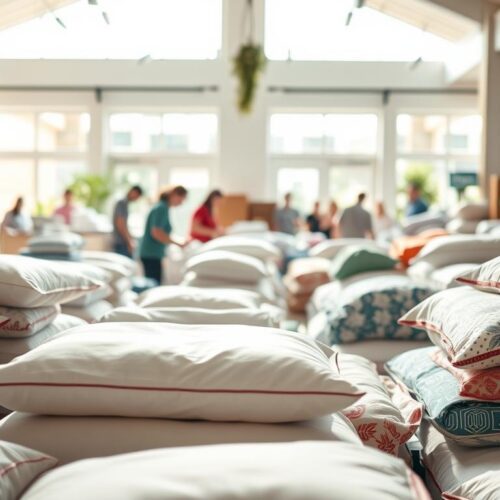
Benefits of Donating Bedding
Donating clears space, supports vulnerable neighbors, and reduces your environmental footprint. It can help those facing homelessness or domestic hardship sleep with dignity.
Knowing where to donate locally speeds up the process and increases impact.
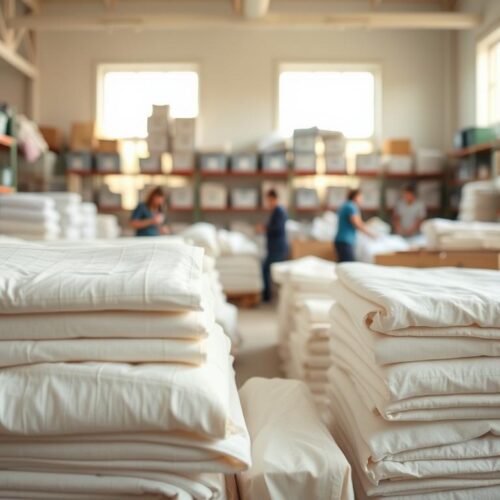
Eco-Friendly vs Conventional Bedding
Answer first: Eco bedding (organic cotton, linen, bamboo, or hemp) typically uses fewer pesticides and water than conventional options, and it lasts longer with proper care.
Choosing sustainable fabrics reduces resource use and chemical exposure. When those items are later donated, they enjoy a longer second life—less waste, more comfort for recipients.
If you’re buying before donating, consider low-impact fibers and durable weaves (percale, linen) so your gift is useful longer.
Environmental Impact
Answer first: Donating and buying mindfully lowers landfill waste and the emissions tied to producing new textiles.
Textile waste is a major issue; making the most of existing linens helps. For additional context on home and design sustainability trends,
see Architectural Digest. When you can’t donate, look into municipal textile recycling or retailer take-back programs.
Helping Those in Need
Answer first: Clean sheets and blankets restore dignity and comfort—essentials that many families go without.
Your extra set can be the difference between a cold night and restful sleep for a neighbor in crisis. Coordinate with local organizations to match sizes and materials to current needs.
Local Charities Accepting Bedding Donations
Answer first: Start with shelters, domestic violence centers, and faith-based programs; they publish clear accepted-items lists and priorities.
How to Find Donation Locations
Answer first: Use reputable directories and neighborhood groups to quickly locate pickup and drop-off spots.
Try national directories, community bulletin boards, and neighborhood apps. Verify accepted items and prep rules before you go to avoid wasted trips and ensure donations are welcomed.
For bedding care best practices before donating, see the
dryer and laundry guide.
Preparing Your Bedding for Donation
Answer first: Wash thoroughly, dry completely, and pack in sealed bags or boxes; include matching pillowcases when possible.
Fresh, tidy donations are more likely to be accepted and cherished. Note any sizes on the bag (Twin, Full, Queen, King) and bundle sets to simplify warehouse sorting.
If shrinkage or fabric care is a concern, review our
washing temperature guide.
Seasonal Considerations for Donations
Answer first: Match donations to the season—warm comforters in winter; breathable sheets in summer—for faster placement and better comfort.
Consider climate, shelter storage, and washing capacity. Lightweight cotton in hot months and cozy fleece or down-alternatives in cold months meet real-time needs.
Donation Events in Your Area
Answer first: Watch for school, church, or nonprofit bedding drives; many provide on-site receipts.

Certifications to Look For in Eco Bedding
Answer first: Certifications help you buy smarter before you donate—safer materials and better labor standards.
- GOTS (Global Organic Textile Standard): Organic fiber + strict processing rules.
- OEKO-TEX Standard 100: Independently tested for harmful substances.
- Fair Trade Certified: Ethical labor and community support.
For consumer-friendly bedding education, explore the
Sleep Foundation.
Trusted Bedding Brands That Give Back
Answer first: Choose companies that prioritize sustainability and community partnerships.
- Parachute Home — known for durable linens and community support initiatives.
- Ethical Bedding — sustainable materials with planet-positive programs.
- Good On You — research brand ratings to align purchases with your values.
Tax Deductions for Donations
Answer first: Donations to qualified 501(c)(3)s may be deductible if you itemize—keep records.
Maintain a list with dates, descriptions, and estimated values. For higher-value gifts, add photos and ask the nonprofit for a detailed receipt; consult a tax professional for specifics.
What Not to Donate
Answer first: Skip items that are torn, stained, damp, or infested—charities can’t accept them.
When in doubt, check the organization’s website or call ahead to confirm acceptance criteria.

Personal Experiences with Bedding Donations
Answer first: Donors often feel lighter at home and proud to support neighbors.
“I cleared out my linen closet and felt like I made space not just in my home, but in someone else’s life.” Recipients share that a single comforter can mean a warmer, safer night.
Volunteer Opportunities Related to Bedding Donations
Answer first: Go beyond donating—sort, clean, or distribute bedding; help organize drives.
Every role supports the larger mission. Ask how to help during seasonal surges, when sorting and transport teams are stretched thin.
The Future of Bedding Donation Initiatives
Answer first: More groups now partner with green textile recyclers for unusable items, creating fuller circular systems.
Staying engaged helps these networks scale responsibly—your voice and participation matter.
Buy bedding donate near options are more than a decluttering tactic—they’re a way to extend warmth, dignity, and care to those who need it most. Whether you’re donating, volunteering, or sharing resources, your actions create real, lasting change.
Related Guides from Cozy Bed Quarters
Explore more resources to make your giving sustainable and effective:
- Can Bedding Be Donated? Options & Tips
- Where to Donate Bedding in the U.S.
- Sustainable Bedding Brands
- Can Bedding Go in the Dryer?
- Bedding Shrink & Washing Temperatures
- Buy Bedding Donate Near Me — Local Options
FAQ
- What types of bedding are typically accepted?
- Most charities accept gently used sheets, blankets, comforters, and mattress covers. Some also welcome pillows if they’re in excellent condition—check local rules.
- Can I get a tax deduction for my bedding donation?
- Yes—donations to qualified 501(c)(3) organizations may be deductible if you itemize. Keep receipts and records, and consider photos for higher-value gifts.
- Where can I find buy bedding donate near options?
- Start with reputable directories and neighborhood apps, then contact nearby shelters, religious centers, and community groups to confirm current needs.
- What condition should my donated bedding be in?
- Items should be clean, fully dry, gently used, and free of rips, stains, or pests. Review each donation center’s accepted-items list before drop-off.
- Can I volunteer to help with bedding donations?
- Absolutely. Organizations need volunteers to sort, transport, and distribute bedding—and to help organize drives and outreach.
Related Reading


